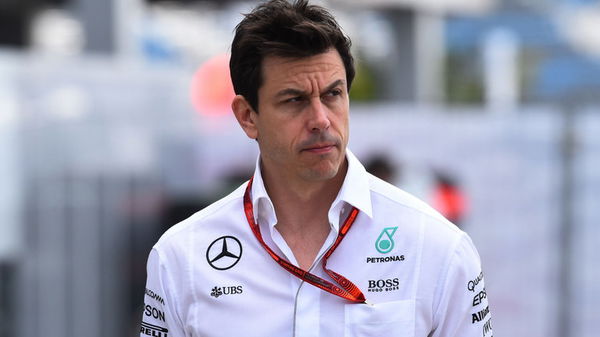
via Imago
Toto Wolff

via Imago
Toto Wolff
According to Mercedes team principal Toto Wolff the Hungarian GP proves that the team can be more competitive in hot weather conditions.
Wolff was asked how Lewis Hamilton was able to run on ultra-softs for so long at the start of the Hungarian Grand Prix:
“I think free air plays a big role. But it’s a little bit of a mystery that sometimes you perform on a tyre and not on the other one. And I think it was the other way around with Ferrari.”
“So more data to collect, more to understand, but the over-arching feeling for us is that we won a race in Budapest with 60 degrees track temperatures. That is something we would have thought would not be achievable for us and that gives me a good feeling that we have understood more and we can be more competitive in the hot races in the future.”

via Imago
Toto Wolff
Currently, the Mercedes team are enjoying the summer break before the Belgian GP. With a win in Hungary, they will be hoping to keep the momentum going for Spa.
Mercedes has often struggled with tyre life conservation – particularly with its rear tyres – compared to its nearest rivals in races featuring higher temperatures.
But Lewis Hamilton’s victory at the Hungarian Grand Prix, which took place in 33C heat and saw track temperatures rise as high as 57C, has left the German manufacturer feeling it has made progress in that department.
Hamilton, who had struggled throughout practice in Hungary until he took advantage of wet conditions in qualifying to claim pole position, insisted his performance does not mean Mercedes has found an answer to its overheating issues that will prevent the problem from re-emerging in future.
“If you look at some of the comments from the last race, it was ‘oh Mercedes all of a sudden knows, this race they’ve made the tyres last’, which is not the case,” Hamilton said.
Mercedes technical director James Allison said a combination of having a car that looked after its rear tyres well, as well as a strong display of tyre management from Hamilton, were the pivotal factors behind the team’s win in Hungary.

